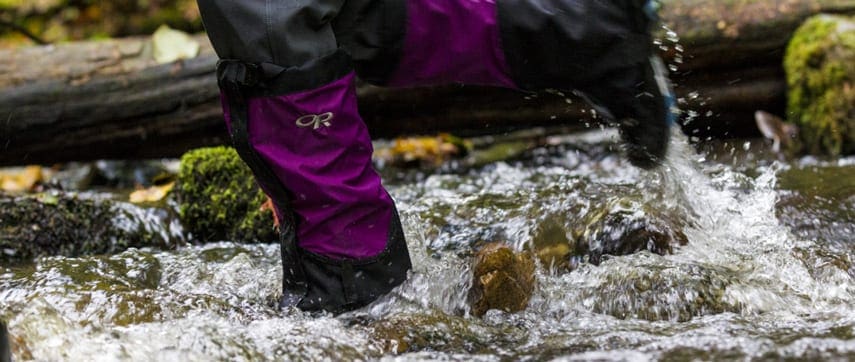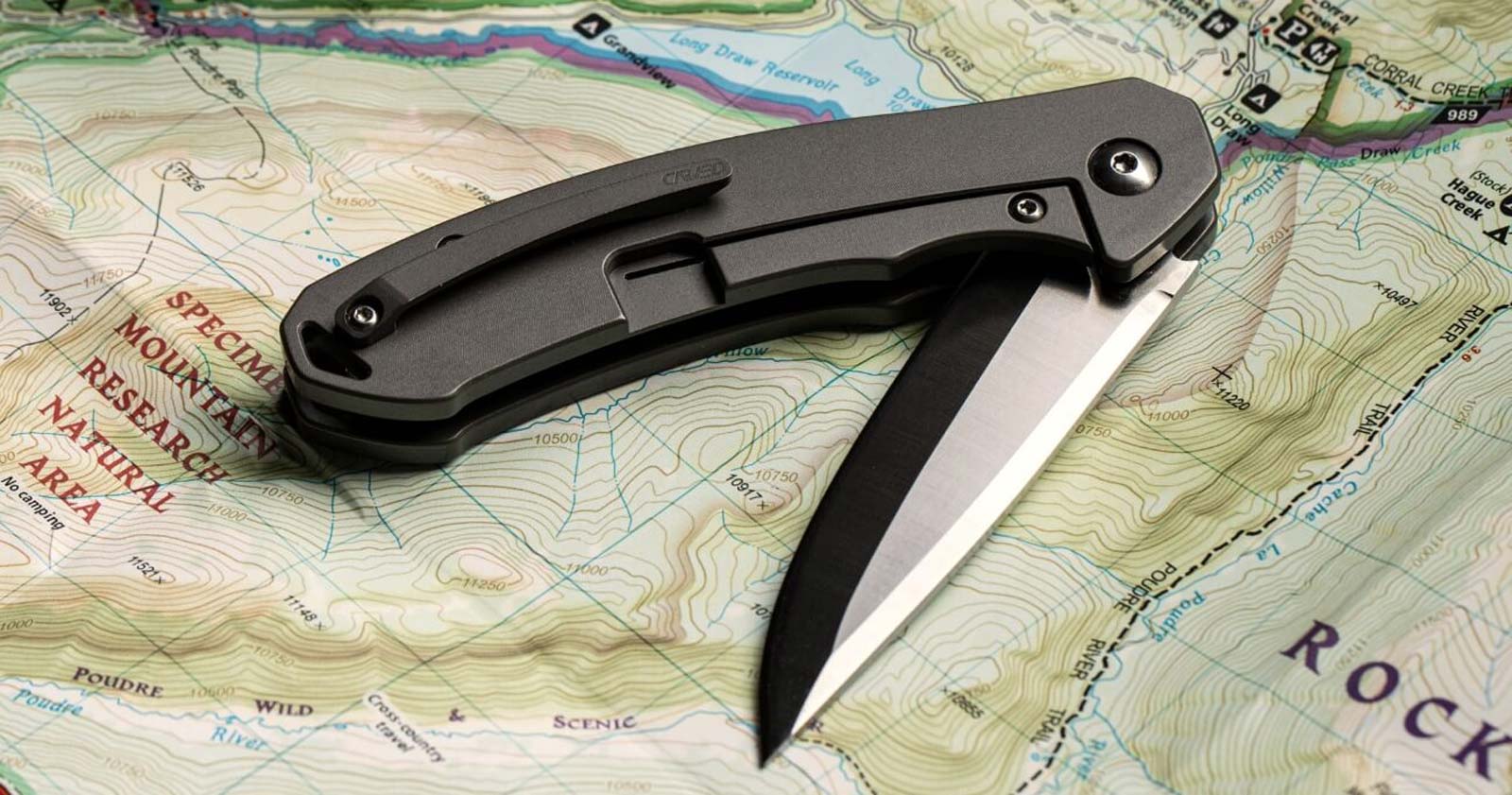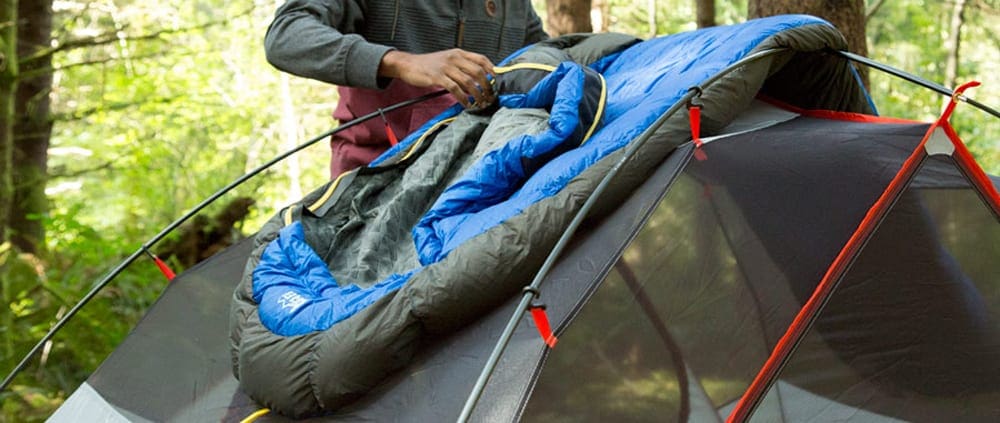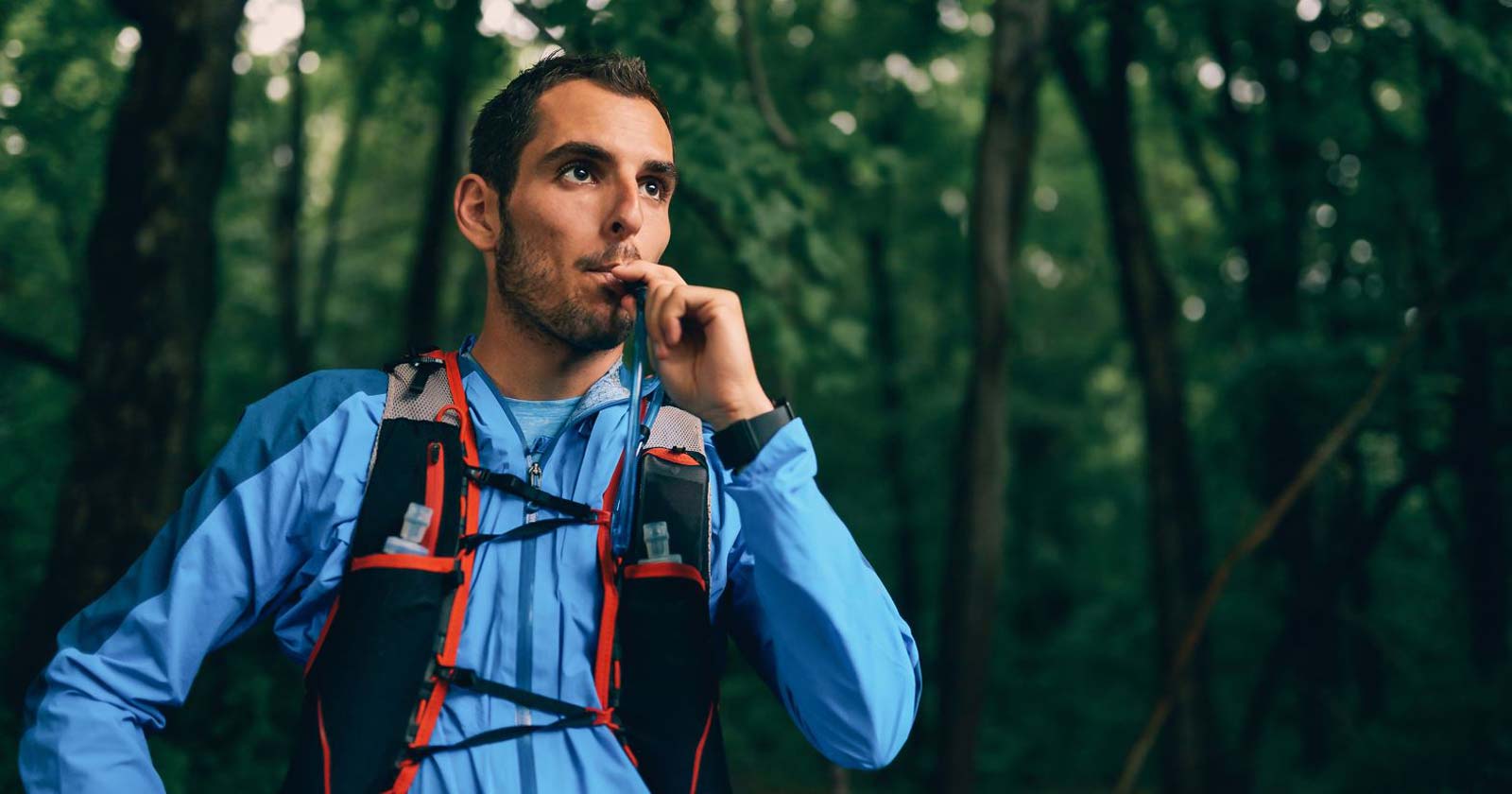Why do you wear gaiters for hiking?
Planning on hiking through frosted peaks of the alpine regions, heading out for a hike during this spring’s colossal snow melt or lacing up for an ultra-long trek? The extra layer of protection provided by gaiters will help keep your outing a challenging adventure rather than a painful suffer-fest.
While waterproof hiking boots will provide a huge amount of protection, gaiters work in tandem with your boots to protect the little nooks and crannies that are vulnerable to being encroached by abrasive environments or sneaky drops of rain or snow – like the top of the boot.
Whether snow, rain or overgrown trails are the environment you are hiking through, there are different types of gaiters that excel for different activities, each with different features. But which kind of gaiter you need largely depends on what you’ll be doing.
When to wear gaiters
When I first started hiking I didn’t wear gaiters. Like most people new to hiking I had no idea what they were or what purpose they served. I ended up buying a pair, just because all serious looking hikers wore them, but still I never put them on. Over the last few years on the trail I have now discovered a handful of very good reasons why you should invest in a pair of gaiters and wear them as the trail conditions require.
- Provide protection against snake bites on your lower leg
- Great for shin protection when heading off trail through low scrub
- Ideal for river crossings as you can tighten them up to keep water out of your boots and off your lower leg
- Perfect for keeping mud out of your boots and off your lower leg
- Great when walking through long wet grass and low wet shrubs as they keep your legs dry
- Gaiters also come in handy when hiking through sand and scree as they keep tiny particles of grit from creeping down into your boots or even into your socks
- Offers protection against stinging nettles, rose thorns and blackberry thorns
- Helps prevent mosquito, blackfly and leech bites – especially if wearing shorts
- Help to control the spread of weeds as burs are less likely to cling to them
- Keep snow out of your boots and pants
- Helps to keep boot laces from freezing and your pants from freezing to your boots
- Provide a little extra warmth on a cold day
- Keep your hiking crampons from snagging on your pants
How do you choose your gaiters?
It all depends on your outing. But first, let’s dissect the construction of the gaiter. Gaiters typically run from the bottom of your foot to mid-calf and are made with sturdy weather-resistant materials. This design and fabrication works well to protect your foot and lower leg from deep snow, wet underbrush or debris that you can pick up while hiking or mountaineering. Low gaiters are about ankle high and are designed for less extreme conditions.
In addition to the fabrication and design, most gaiter are also equipped with: a strap that fits over the instep of your boot or shoe or lace hook that holds the gaiter in place; a top closure that cinches or clips tight to seal the upper half of the gaiter; and some sort of entry system. Often the entry system is a closure like Velcro, but can also be a zipper. In the case of ultra minimalist gaiters, a tighter, stretchy design serves this purpose. Typically, gaiters have a front entry – where the closure system runs down the length of your shin – which makes getting in and out of the gaiter on the trail or in the hills a hassle-free task.
There are three different types of gaiters currently available: expedition, alpine and trail. They range from the beefcakes of the mountaineering world to everyday gaiters for a quick hike down the trail. Expedition gaiters are by far the toughest gaiters, built sturdy to withstand harsh conditions and long mountaineering trips. Made with waterproof and breathable three-layer GORE-TEX® to combat the snow, rain and cold climates of mountaineering, these gaiters also have tear-resistant Cordura® strategically placed on this inside of the leg to prevent snags and rips from wearing crampons. They also have a larger circumference to fit over insulated pants and mountaineering boots.
Alpine gaiters have a more general purpose. Crafted to protect your feet while hiking, snowshoeing or cross-country skiing, these gaiters are made with waterproof and breathable fabric uppers and also an abrasion-resistant lower to protect your ankles and lower legs from sticks, rocks and other trail debris.
Alpine gaiters are generally a fitted design with sturdy fabrication of GORE-TEX® upper and Cordura® lower. They are ideal for use in snowy environments as well as the dry and brushy trail. They fit well in your pack’s essentials kit and come in both men’s and women’s styles.
Trail gaiters are lightweight and breathable and provide the most basic protection against wet terrain and the thick underbrush of trails. They pair with anything from cross-country ski boots to trail running shoes. Trail gaiters are breathable, water-resistant, are stretchy with a molded boot section to conform to the shoe and streamline the design.
Simply put, gaiters protect your feet and help keep you focused on your moving forward comfortably.
Source: Outdoor Research | Images: Outdoor Research and Kathmandu







